Nationality Irish | Name Sarah Purser Role Artist | |
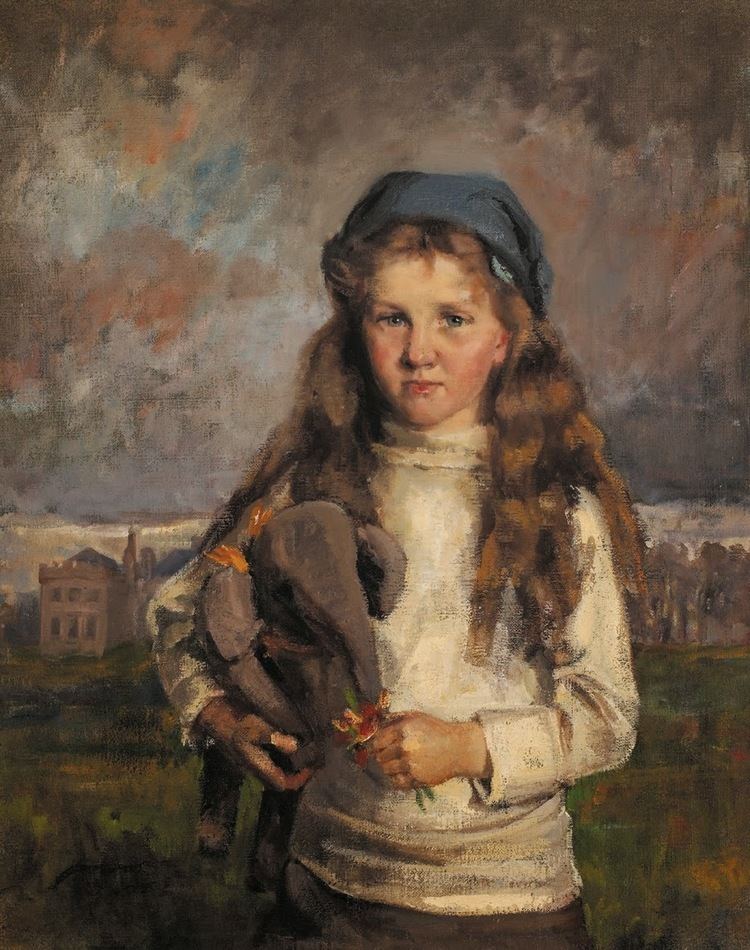 | ||
Alma mater Metropolitan School of Art, Academie Julian Resting place Mount Jerome Cemetery and Crematorium Education Academie Julian, National College of Art and Design | ||
Sarah purser timucua
Sarah Henrietta Purser (22 March 1848 - 7 August 1943) was an Irish artist mainly noted for her work with stained glass.
Contents
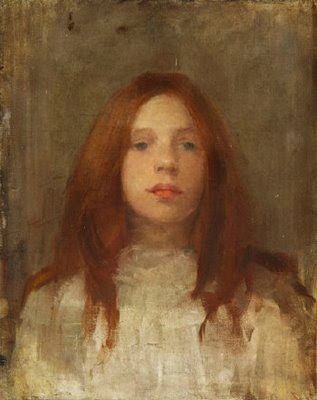
Sarah purser
Early life
She was born in Kingstown (now Dún Laoghaire) in County Dublin, and raised in Dungarvan, County Waterford. She was one of the numerous children of Benjamin Purser, a prosperous brewer and flour miller, and his wife Anne Mallet. The Purser family had come to Ireland from Gloucestershire in the eighteenth century. Two of her brothers, John and Louis, became professors at Trinity College Dublin. She was educated in Switzerland and afterwards studied at the Metropolitan School of Art in Dublin and in Paris at the Académie Julian. In 1873 her father's business failed, and she decided to earn her living as an artist.
Artist
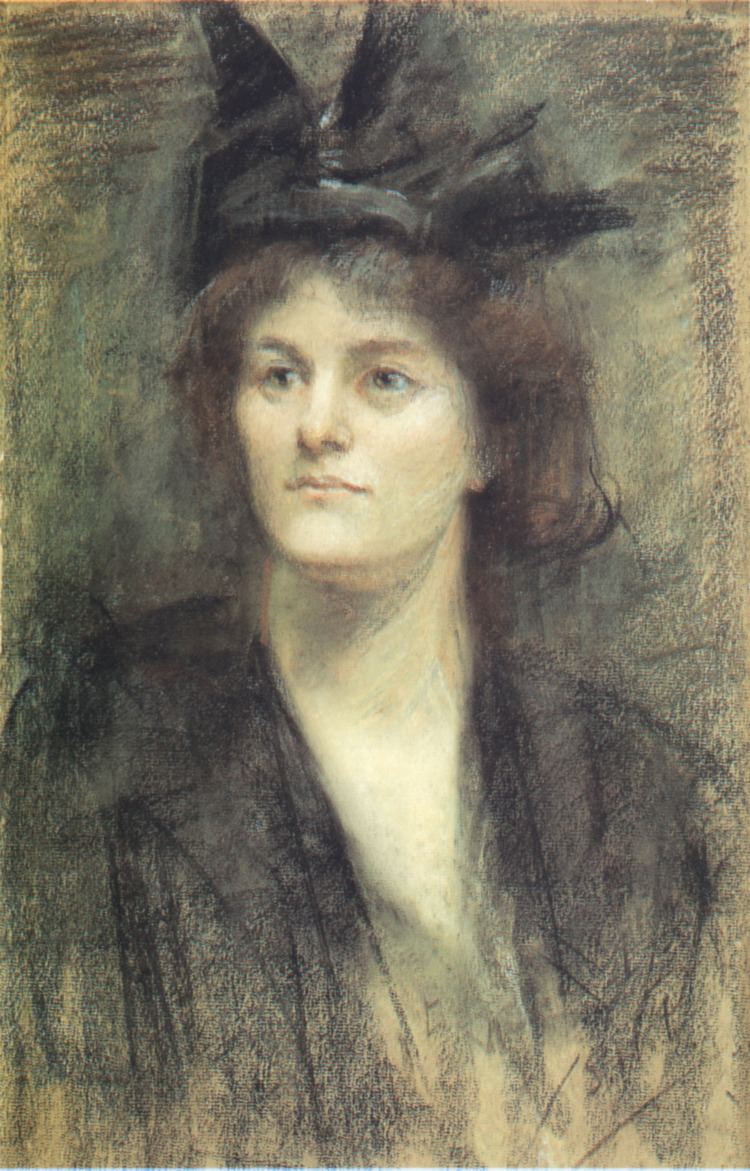
She worked mostly as a portraitist. She was also associated with the stained glass movement, founding a stained glass workshop, An Túr Gloine, in 1903. Some of her stained glass work was commissioned from as far as New York, including a window at Christ Church, Pelham dedicated to the memory of Katharine Temple Emmet and Richard Stockton Emmet, grandson of the Irish patriot, Thomas Addis Emmet. Through her talent and energy, and owing to her friendship with the Gore-Booths, she was very successful in obtaining commissions, famously commenting
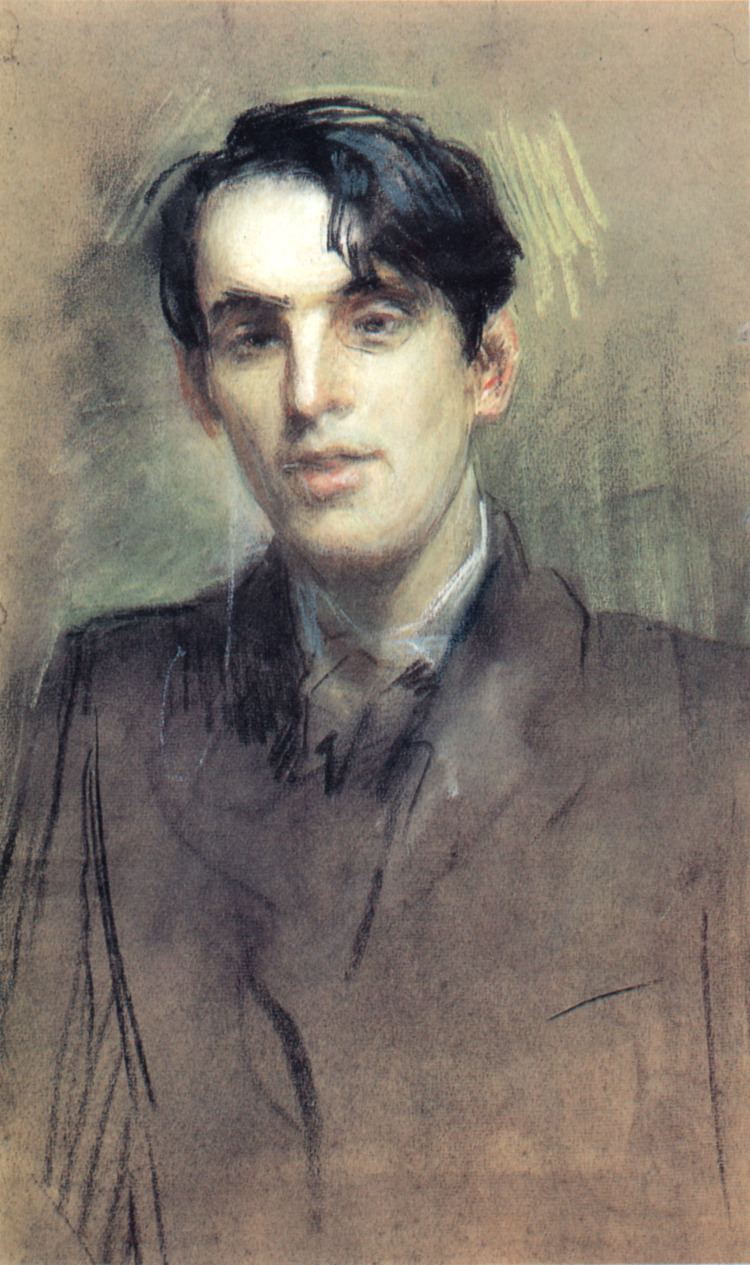
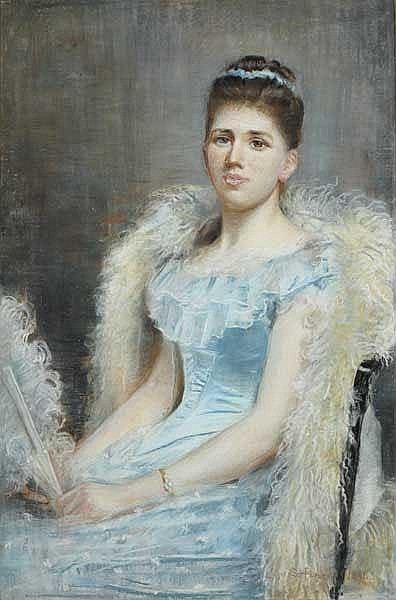
In 1977 Bruce Arnold noted
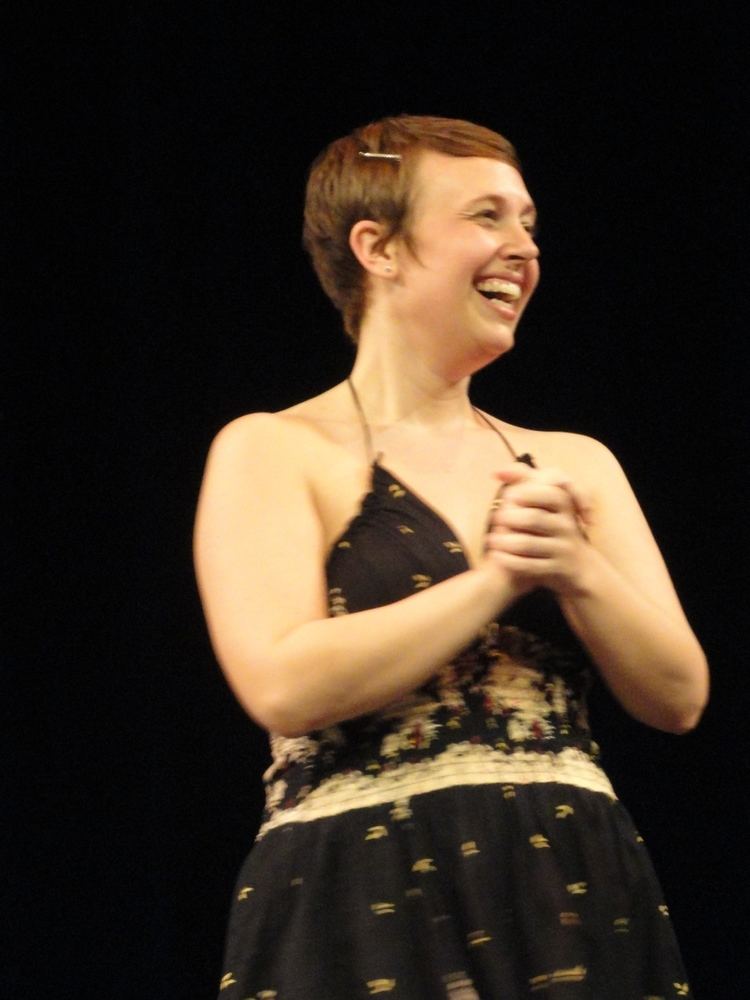
Sarah Purser became wealthy through astute investments, particularly in Guinness, for which several of her male relatives had worked over the years. She was very active in the art world in Dublin and was involved in the setting up of the Hugh Lane Municipal Gallery, persuading the Irish government to provide Charlemont House to house the gallery.
In 1923 she became the first female member of the Royal Hibernian Academy.
Until her death she lived for many years in Mespil House, a Georgian mansion with beautiful plaster ceilings on Mespil Road, on the banks of the Grand Canal. Here she was "at home" every Tuesday afternoon to Dublin's writers and artists; her afternoon parties were a fixture of Dublin literary life. It was demolished after she died and developed into apartments. She was buried in Mount Jerome Cemetery beside her brothers John and Louis.
